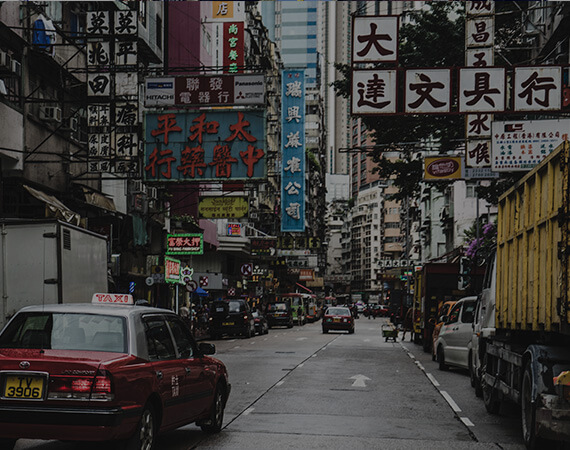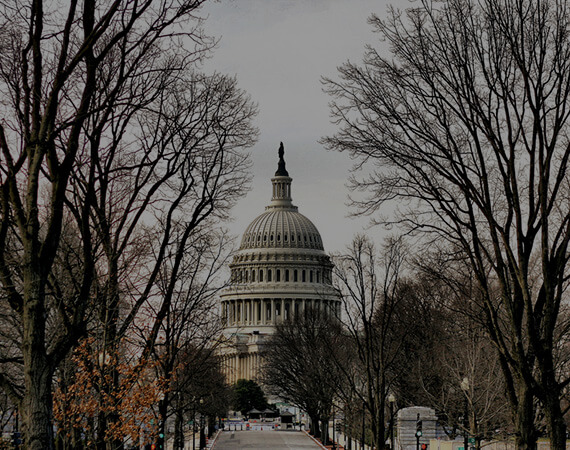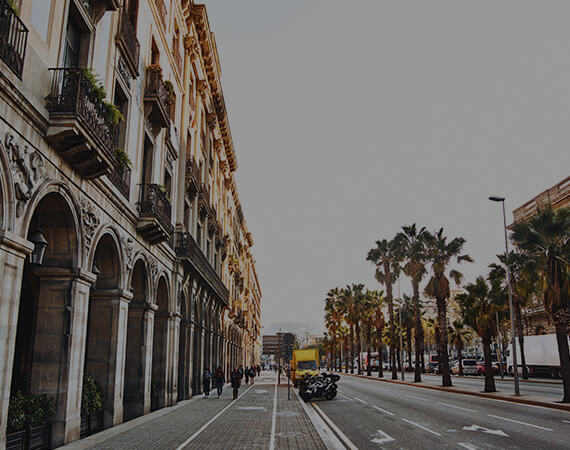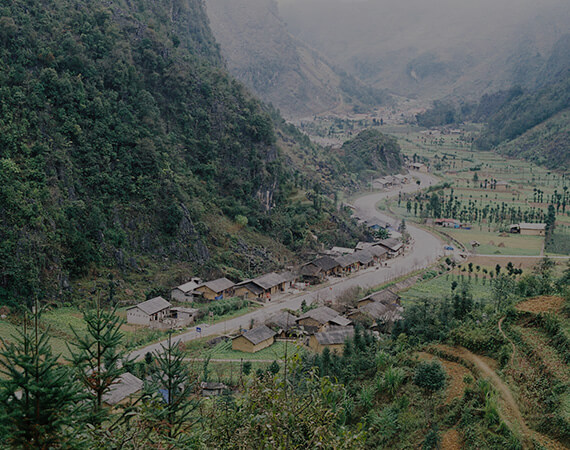Meet the Markets of Interest for Brazilian Industry
The target markets for Brazilian leather have characteristics, demands and their own actions to be executed in the coming years.
Aimed at strengthening buyer markets and opening up promising markets and new businesses, CICB's Trade Intelligence carries out a series of trade missions to countries that have buying potential for Brazil's tanning industry.
Market diversification has been one of the CICB's targets. More than supplying China, Italy and the United States (traditional buyers), the project believes that the Brazilian leather industry can expand its sales to alternative countries that demonstrate promising buying potential.
CHN

Together China and Hong Kong occupy the first place as the largest leather importer in the world, with a share of 24.6. Brazilian participation amounts to 9.9% (US$ 608 million), totaling a potential market of US$ 3.8 billion for Brazilian leather. Brazil is currently the largest supplier of wet blue and semi-finished leathers to China.
Italy is a world reference in the leather sector, leading world exports and importing leather from several countries. Italian production is very appealing due to its fashionability, high technology, and structured marketing. Considering skin types, Brazil is the biggest supplier of finished leather and the second largest of wet blue leather.
ITA

USA

One of the market giants, the United States occupies the seventh place as the biggest importer of hides and skins in the world, with a share of 2.95%. Following only Italy, Brazil is the country's second largest supplier. Finished leathers, that is, those with higher added value, are the majority of their imports, which means that Brazil still has a significant growth potential.
Brazil still has a very large growth potential considering its participation in the Spanish market, because, despite Spain being the 10th biggest importer in the world, Brazilian goods represent only 1.2% of them. In 2018, according to Comtrade, this market imported a total of US$ 567 million, without taking into account salted hides.
SPA

VNM

Vietnam has a demanding market with little raw material and, therefore, in need of a lot of imports, especially finished leathers. The movement for the development of shoe and artifact industries in the country is a latent trend and should increase the country’s need for leathers. China is Vietnam’s first largest supplier and Brazil follows in seventh place with a share of 6.7% (US$ 121 million).
The footwear and automotive industries have a big role in the Mexican economy, meaning potentially great opportunities for Brazilian leather exports. Mexico is the ninth largest shoe manufacturer in the world and the eighth largest in the automotive industry.
MEX

IND

With a population of nearly 1.4 billion people, India has a considerable footwear production, which receives government incentives, aimed at the domestic market. Despite having one of the largest cattle herds in the world and the largest buffalo herd, these animals are not slaughtered as much as in Brazil due to religious and cultural reasons, as well as it being limited to some states.



